Diagram of a Painted Lady Butterfly: Detailed Anatomy Guide!
A diagram of a Painted Lady butterfly highlights its intricate anatomical features. The head includes compound eyes and a proboscis for nectar feeding, while segmented antennae aid in olfaction.
The thorax supports locomotion, with wings exhibiting orange and black patterns for camouflage and mating. Each thoracic segment houses sensory-equipped legs for movement and exploring.
The abdomen contains the digestive system, where the proboscis and midgut play crucial roles in nutrient absorption.
Reproductive structures consist of ovaries and spermatophores, essential for egg production and fertilization. Discover how these elements contribute to the butterfly’s survival and behavior in its natural habitat.
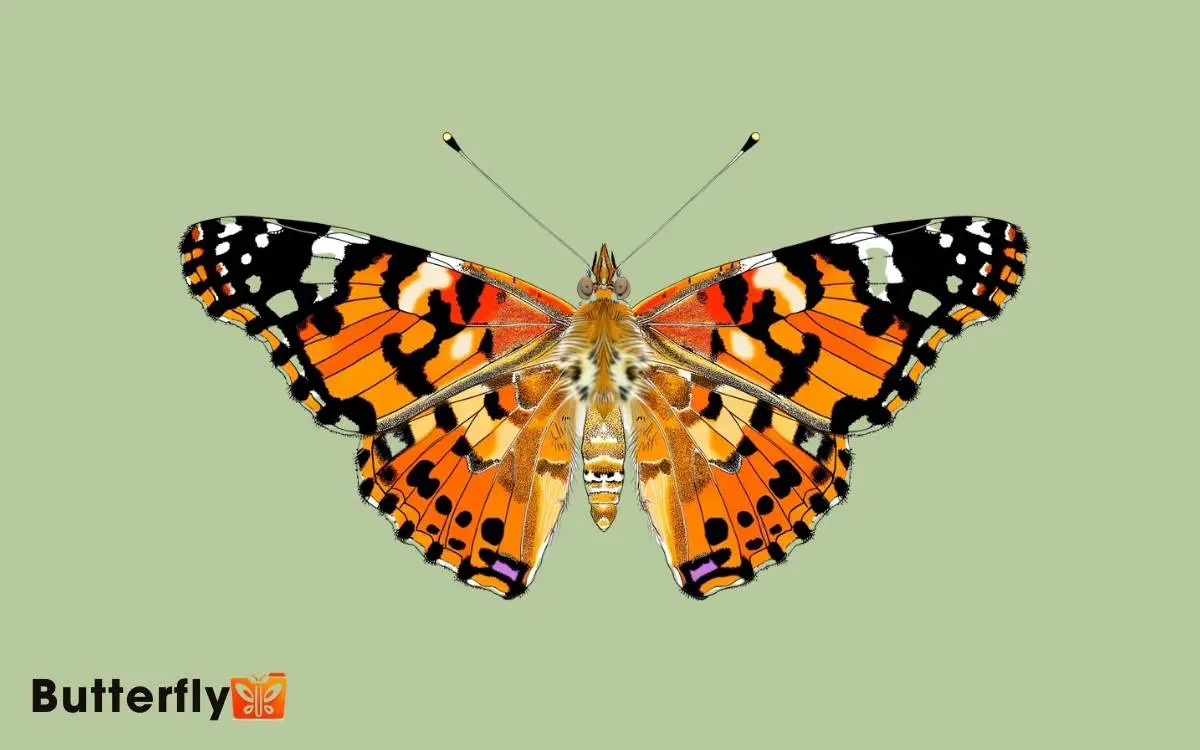
Key Takeaways
Head and Antennae
The head of the Painted Lady butterfly houses intricate structures, including compound eyes, a proboscis, and segmented antennae that serve critical sensory functions.
The proboscis, a coiled, tubular organ, enables the butterfly to feed on nectar by uncoiling to reach deep within flowers.
The segmented antennae, each divided into several joints, are essential for olfaction and tactile sensing. These antennae detect chemical cues in the environment, aiding in locating food sources and potential mates.
Additionally, the antennae’s structure allows the butterfly to maintain balance during flight.
The head’s compact design integrates these sensory components seamlessly, ensuring the butterfly’s survival and reproduction.
This intricate arrangement underscores the evolutionary adaptations that make the Painted Lady a successful and widespread species.
Eyes and Vision
The Painted Lady butterfly possesses compound eyes, each consisting of thousands of ommatidia that provide a broad field of vision.
These specialized structures enable the detection of various wavelengths of light, including ultraviolet, which aids in locating flowers and mates.
Their vision system allows them to perceive a wide spectrum of colors, essential for their survival and reproduction.
Compound Eye Structure
A painted lady butterfly’s compound eyes consist of thousands of individual photoreceptive units called ommatidia, each contributing to a mosaic-like perception of the environment. Each ommatidium acts as a separate photoreceptor, containing its own lens and photoreceptor cells.
The lenses focus light onto the photoreceptor cells, which then convert the light into electrical signals. These signals are transmitted to the butterfly’s brain, where they’re integrated into a cohesive image.
The vast number of ommatidia allows the butterfly to detect motion with remarkable sensitivity and perceive a wide field of view.
The structure of these compound eyes ensures that the butterfly can navigate its surroundings effectively, avoiding predators and locating food sources with precision.
Color and Light Detection
Painted lady butterflies possess specialized photoreceptor cells that enable them to detect a broad spectrum of colors, including ultraviolet light, which plays an essential role in their ability to locate nectar and mates.
These photoreceptor cells are housed within the compound eyes, allowing for acute perception of environmental cues. The compound eyes consist of numerous ommatidia, each contributing a part of the overall image.
Ultraviolet vision aids in identifying floral patterns invisible to the human eye, directing the butterfly to nectar sources. Additionally, ultraviolet light is critical in recognizing potential mates, as it enhances visual signals used in courtship behaviors.
This advanced visual system provides painted lady butterflies with a significant evolutionary advantage in their ecological niche.
Mouthparts and Feeding
Observing the mouthparts of a Painted Lady butterfly reveals a highly specialized proboscis adapted for extracting nectar from flowers.
This proboscis, a coiled tube, extends to reach deep floral nectaries. When not in use, the proboscis coils tightly under the head, ensuring protection and compactness.
The butterfly unfurls this structure through hydraulic pressure, facilitated by hemolymph flow. Tiny hair-like structures called sensilla cover the proboscis, allowing the butterfly to taste and locate nectar efficiently.
The proboscis’ tip, equipped with dual channels, enables simultaneous suction and saliva injection, aiding in fluid uptake.
Thorax and Legs
The thorax of the Painted Lady butterfly is divided into three segments. It houses the muscles responsible for wing and leg movement. Each segment supports a pair of legs, allowing intricate and precise locomotion.
The legs of the Painted Lady butterfly are equipped with sensory structures. They play essential roles in balance, tasting, and exploring their environment.
Thorax Structure Overview
Although often overshadowed by their vibrant wings, the thorax of a Painted Lady butterfly, consisting of three interconnected segments, plays an essential role in locomotion and support.
These segments are the prothorax, mesothorax, and metathorax, each housing a pair of legs and important attachments for wing muscles.
The prothorax supports the first pair of legs and is the smallest segment.
The mesothorax, the largest segment, anchors the forewings and second pair of legs, while the metathorax supports the hindwings and third pair of legs.
The thorax’s musculature is highly specialized, allowing efficient movement and flight. This robust structure ensures the butterfly can navigate its environment, seek food, and escape predators efficiently.
Legs’ Functions Explained
Understanding the intricate musculature of the thorax naturally leads to examining the essential functions of the butterfly’s legs.
They are perfectly adapted for various tasks such as walking, gripping, and sensory exploration. Each leg is divided into segments: coxa, trochanter, femur, tibia, and tarsus.
The tarsus ends in a pair of claws that provide a firm grip on surfaces. These appendages aren’t just for locomotion; they host sensory organs called chemoreceptors, enabling the Painted Lady to taste and smell its environment.
The legs’ musculature allows precise movements, essential for balance and interaction with flowers. Additionally, the presence of spines on the legs aids in grooming and defense, highlighting their multifunctionality.
Movement and Mobility
When examining the Painted Lady butterfly, one observes that its thorax and legs work in unison to facilitate agile and efficient movement.
The thorax houses powerful flight muscles, enabling rapid wingbeats essential for hovering and swift directional changes. These muscles are anchored to the exoskeleton, providing the necessary force for sustained flight.
Each of the six jointed legs, attached to the thorax, plays a vital role in terrestrial mobility. Equipped with sensory hairs and specialized structures called tarsi, the legs allow for precise landing, gripping surfaces, and detecting environmental cues.
This coordination between the thorax and legs ensures the Painted Lady can navigate both aerial and ground environments effectively, showcasing a remarkable example of evolutionary adaptation.
Wings and Patterns
The wings of the Painted Lady butterfly exhibit intricate patterns composed of vibrant colors and symmetrical shapes, essential for both camouflage and communication.
The upper side of the forewings displays orange and black hues with white spots near the tips, aiding in predator evasion by blending with floral environments.
The hindwings show a more muted palette with eye spots that startle predators. These eye spots, resembling the eyes of larger animals, provide a defensive mechanism.
Additionally, ultraviolet patterns, invisible to humans but visible to other butterflies, facilitate mating rituals.
The ventral side of the wings is patterned in browns and grays, enhancing the butterfly’s ability to remain hidden when at rest.
This dual functionality underscores the importance of wing patterns in survival and reproduction.
Abdomen and Digestion
Beyond the mesmerizing wings, the Painted Lady butterfly’s abdomen houses a sophisticated digestive system vital for nutrient absorption and energy conversion. This system begins with the proboscis, a tubular feeding structure that draws nectar into the esophagus.
The ingested liquid then moves to the midgut, where enzymes break down sugars and proteins. Essential nutrients are absorbed here, fueling the butterfly’s activities.
Key components include:
- Proboscis: A long, coiled tube for nectar intake.
- Esophagus and Midgut: Pathway and primary site for digestion and nutrient absorption.
- Hindgut and Rectum: Responsible for water reabsorption and waste excretion.
This detailed digestive process ensures the Painted Lady butterfly efficiently derives energy and nutrients from its diet.
Reproductive Structures
Painted Lady butterflies possess specialized reproductive organs that secure the continuation of their species. The female’s ovipositor, a tubular organ, allows precise egg placement on host plants, ensuring larvae have immediate access to food.
Internally, the ovaries produce and store numerous eggs. In males, the testes generate sperm, which travel through the vas deferens to the aedeagus, the copulatory organ.
During mating, the male transfers a spermatophore, a packet containing sperm and nutrients, into the female’s reproductive tract. This fertilizes the eggs, enabling embryonic development.
Post-mating, females can lay hundreds of eggs over several weeks, each meticulously positioned to maximize survival rates. These reproductive strategies play a critical role in the species’ life cycle and ecological success.
Conclusion
To sum up, the painted lady butterfly is a marvel of nature, a delicate tapestry woven with precise biological threads. Its head and antennae navigate like a ship’s radar, while compound eyes offer a mosaic view of the world. Its wings, adorned with intricate patterns of orange, black, and white, serve both as camouflage and a signal to predators. The life cycle of this butterfly—egg, caterpillar, chrysalis, and adult—is a stunning example of transformation in the natural world. For those interested in capturing its beauty on paper, there are many tutorials available on how to draw a painted lady with careful attention to its delicate wing patterns.
The intricate mouthparts are perfectly adapted for nectar feeding. Each segment of its body, from thorax to abdomen, plays an essential role in survival and reproduction, making the painted lady a true masterpiece of evolutionary design.

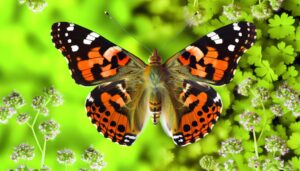

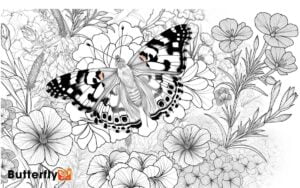
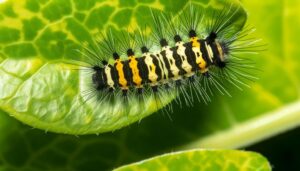
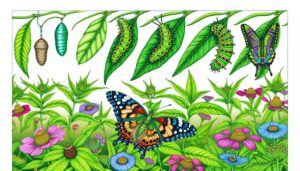
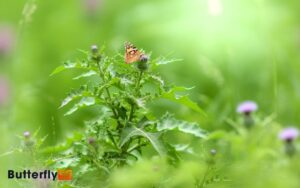
Your point of view caught my eye and was very interesting. Thanks. I have a question for you.
Your article helped me a lot, is there any more related content? Thanks!
I don’t think the title of your article matches the content lol. Just kidding, mainly because I had some doubts after reading the article.
Thanks for sharing. I read many of your blog posts, cool, your blog is very good.
Your point of view caught my eye and was very interesting. Thanks. I have a question for you.
Can you be more specific about the content of your article? After reading it, I still have some doubts. Hope you can help me.
Thanks for sharing. I read many of your blog posts, cool, your blog is very good.
Can you be more specific about the content of your article? After reading it, I still have some doubts. Hope you can help me.
Your article helped me a lot, is there any more related content? Thanks!